Rhythm
Visual rhythm or tempo is two-dimensional, geometric perception of repeated beat. It is created by repeating positive shapes separated by negative spaces. Visual art, as well as other arts – music, combines repetition as pauses to create a sense of rhythm in the image.
The main characteristics of rhythmic compositions are predictability and order. Take, for example, night and day, or let’s say, the seasons which are shifting at a predetermined and predictable manner so as to express a sense of rhythm. The rhythm is also important in photography, as it is in music. Music without the rhythm can be categorized as noise. But when it reaches the rhythm at regular intervals, it becomes pleasing to the ear.
Furthermore, the rhythm of the photograph provides a pleasant sensation for the eyes. The rhythm in visual art exists to create a subjective impression and when alternated, as in music, can create “verses” and “chorus”. Although we may say that the pattern has a tempo/rhythm, we cannot say for each rhythm to be patterned. This means that the repetition doesn’t have to be the same endlessly, but it may alternate, it can end and occur again. For example, the colors of a piece can convey rhythm by making your eyes travel from one component to another but it can stop and move in a different direction. Lines can produce a rhythm by implying movement. Forms, too can cause rhythm when alternating side by side. This picture represents detail from several buildings in Manhattan; it shows a regular rhythm that alternates, changes its intensity and color, and then switches back, and this is the effect of the change – the picture gains more dynamic quality.
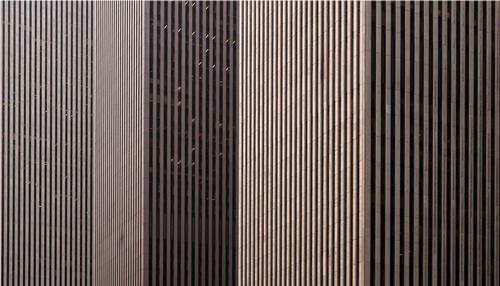
In the case of this image, different types of rhythm change and beauty are precisely in the repetition of vertical and horizontal directions that alternate, limit one another, interrupt each other, and then resume the tempo in different directions, but again, the rhythm shifts to another. At first glance, the image may not seem like a rhythmic composition, but when studied carefully, one can see that the rhythm practically doesn’t cease to exist within the format. Here I have drawn an example of this kind of switching rhythm type. You can notice here a progressive and regular rhythm that switches from horizontal to vertical.
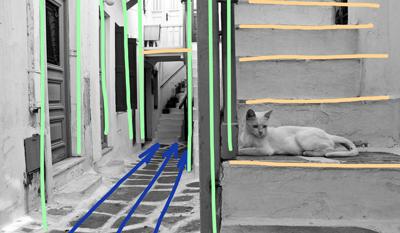
Rhythm represents an easy movement of the viewer’s eyes following a regular arrangement or reproduction of elements in photography. This predictability in rhythm or tempo is achieved by the way in which elements are arranged in a composition, elements form a pattern that flows smoothly, winding up the edges of the frame.
As mentioned in the chapter about the line, curved lines have surprisingly the most intense and most pleasant impact on the viewer’s impression of the image. That’s the case with this photo. Although it is a stunning building, an impressive architectural achievement, and an imposing building in Manhattan, at the same time it looks like a rhythm of gentle curves with regular repetition. The curves soften the form, which on a subconscious level seems “maternal”, sensual, and gentle though, for example, it is something completely different. Regularity can be seen in the repetition of the floors of this famous interior of the Guggenheim Museum. The gradation is noticed in the perspective – we know that the upper floor is farther from the photographer and that the lower floors are closer due to less curvature. We notice irregular rhythms of light on the ceiling above floors that disappear completely in the upper parts. These spontaneous moments of light sources which appear somewhat irregular, reversed the boredom of the predictable texture of the image. The rhythm forms a pattern that flows evenly, practically meandering to the edge of the frame.

There are several types of visual rhythm:
1. Regular rhythm
consists of identical motifs and equal amounts of space between them. Regular repetitions are used to organize objects. Examples of it around us may be parking spaces or shelves with goods in stores. Regular rhythm can be calming, but also annoying if overdone. It’s like playing a single note on the piano over and over again. The artist Andy Warhol used regular rhythm to make a statement of social protest. This picture is an example of regular rhythm and represents the one of metro stations in Paris.
AB-AB-AB is the most common type.
Few other examples are:
ABC-ABC-ABC
ABBB-ABBB-ABBB
ABCB-ABCB-ABCB

2. Progressive rhythm
is achieved by gradation. Progression occurs when there is a gradual increase or decrease in the size, number, color, or some other quality of the elements repeated. Progressive rhythm consists a steady change in the motif every time it is repeated. The change is constant. Each time the motif appears it is slightly different. Photograph on the left is an example of it and represents the porch of a building in Lisbon.Some examples of this rhythm, among others, may be:
AB-AABB-AAABBB-AAAABBBB
ABC-ABD-ABE-ABF-ABG-ABH-ABI
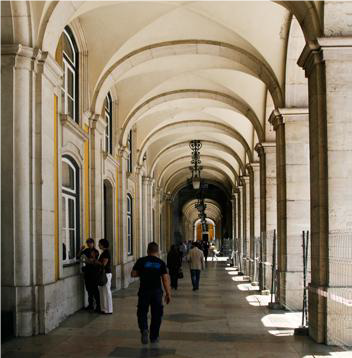
3. Alternating rhythm
is the repetition of two or more elements that are used interchangeably with each other.
Some examples:
ABC-ABC-DEF-ABC-ABC-DEF
ABCD-DCCBBA-ABCD-DCCBBA
ABA-CDC-ABA-EFE-ABA-CDC-ABA-EFE
Alternating rhythm can occur in several ways.
• One way is to introduce a second pattern.
• Another way is to introduce a change in placement or content of the original pattern.
• A third way is to change the spaces between the pattern.
• Sometimes, the alternation is created simply by changing the position of the pattern

4. Flowing rhythm
occurs when the elements are repeated at a specified interval, bending and “wandering” in the space of the image. Repetition of these curved lines can be regular or less regular, nonetheless, it creates a rhythm that is fluid, or “flows” and gives a sense of motion, and is most common in nature. Example mountain ranges, hills, sea waves …

5. Random rhythm
is created by groupings of similar motifs or elements that repeat with no regularity.
The fall of snow, fields of leaves, and traffic jams all demonstrate random rhythms. An example is the autumn leaves covering the ground. Crowds of people create random rhythms. The pattern is a person. Each person is different, and the space between and around them is slightly different.
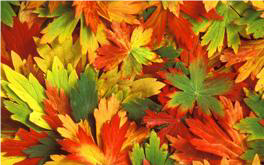
The famous rhythmic composition
The artwork 99 Cent II Diptychon from 2001 is a two part photograph made by Andreas Gursky probably in 1999, as the work is sometimes called “99 cent.1999”.
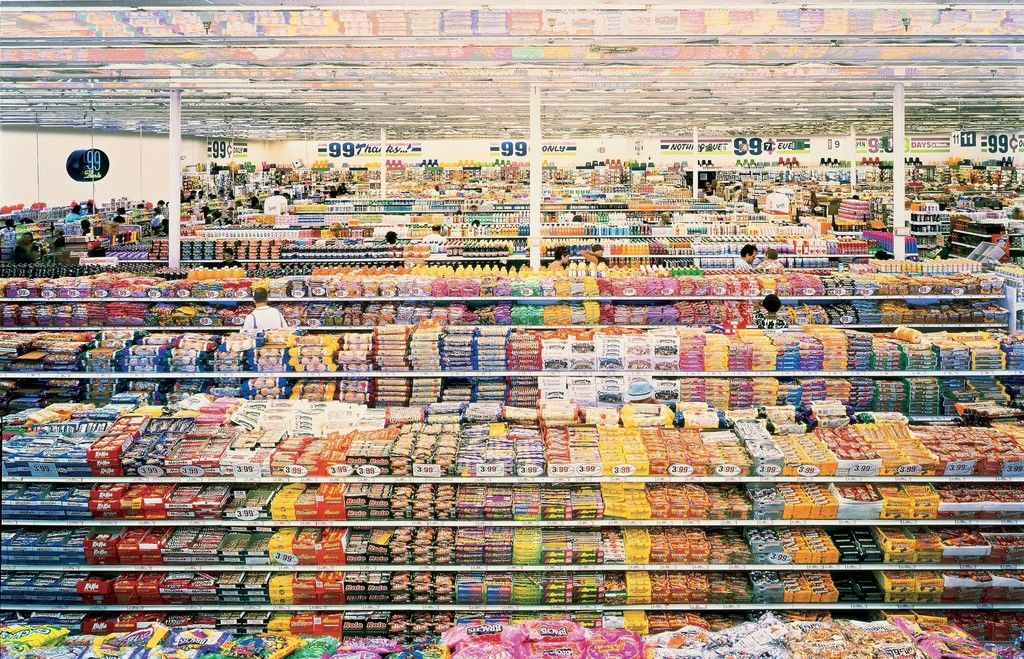
The work depicts an interior of a supermarket with numerous aisles depicting goods resulting in a colorful work. The work is digitally altered to reduce perspective. The work became famous as the most expensive photograph in the world when it was auctioned in 2007. But that’s not all. Gursky again, with his recognizable aesthetics, published a photograph of the landscape of the river Rhine which, in 2011, will be in the history remembered as the most expensive photograph ever sold.
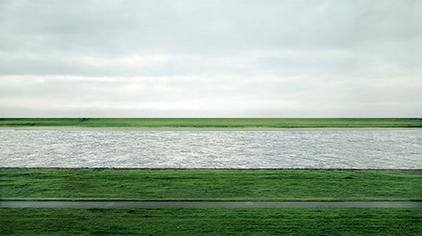





5 comments on this post